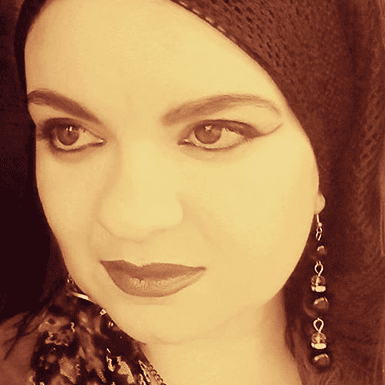“They asked me to follow my heart.” With a simple statement that rings only truth, Giles Duley embarked upon a photography project commissioned by the UNHRC titled “I Can Only Tell You What My Eyes See”. The trajectory followed by Duley flows from the heart to the eyes, creating a metaphor on many different levels.
In the foreword to the book UN High Commissioner for Refugees Filippo Grandi explains that 90 per cent of refugees remain in their region, contrary to the hype perpetrated by the media which suggests they are flowing into Europe. The Syrian war meant that refugees became visible, particularly those that crossed the Mediterranean.
Grandi does not discuss the political aspect of war and its repercussions. Focusing on the people, their journeys and stories, without the political context may at first seem absurd. However, this also provides the possibility of allowing narratives which were eliminated by mainstream media to rise to the viewer’s consciousness.
Duley imparts a powerful statement in his introduction to the photos: “As soon as I enter a room, I choose to point my camera in a certain direction, and when I press the shutter, I have decided on a moment at the exclusion of all others.”
Not all refugee stories will be told, particularly through the medium of photography which captures a fleeting moment that is void of common forms of communication, including language and writing. The depicted moment, however, is also imbued with its own power – stirring in people the ability to visually remember and even reconstruct a particular moment in memory.
The photography has been divided into four parts, allowing the reader to glimpse the side of refugees which is usually shadowed by political rhetoric. Duley captures the overlooked moment that is easily discarded when reading reports of refugees attempting the perilous journey across the Mediterranean. Photography does not allow the conscience to idle away.
Read: 75% of refugee children escape unrest alone
In the first part the boats – barely visible in a sea which threatens to engulf humanity – capture one’s attention precisely due to the immense contrast between the power of nature and the limited means of refugees. Through his photography, Duley also evokes the metaphors of the sea – how it serves as a trajectory and as a vacuum for the drowned people. The latter is reminiscent of the political agenda which swiftly annihilates the concept of loss into non-existence, which does not require acknowledgement.
This absence is also depicted in other photos, notably the ones depicting refugees’ graves and military personnel at borders preventing the survivors from seeking their right to asylum. Statistics remain the media’s preferred method of communication. Duley’s photography reveals the movement behind the numbers and government policies, reminding the viewer that surviving a perilous journey when all is lost may also, in some cases, be tantamount to additional loss.
Duley explains this cruel cacophony: “On landing, men break down into tears, women stand in visible shock, children cry hysterically. The noise and chaos is deafening. Humanity is laid bare on the shores of Europe and the response from politicians is a shambles”.
Read: Refugee arrivals in Europe in 2016 exceed 100,000
Evidence of this, besides the arrivals, is the accommodation available to refugees which is almost a replica of the environment left behind, in tatters due to war. Photographs depicting refugee camps – besides exposing the unhygienic conditions – also point towards enforced isolation from the rest of the world. Borders, even if invisible, remain a major impediment for resuming a semblance of normal life.
The last two sections of the book deal with individual and family portraits of refugees. In the portraits Duley’s focus on the eyes of each individual acts as a prologue to the person, after which, if the opportunity is taken, the story can unfold. A window into the heart in some cases; in Duley’s photographs the eyes also symbolise what remains as yet untold.
The eyes are also a metaphor beautifully evoked by the photographer, who reflects back at the viewer what is lost in the mundane reporting that facilitates assimilation to the mainstream narratives. The refugee remains central yet the context is slightly varied. Away from the initial chaos, the individual emerges and connects with the viewer in a different manner. It is no longer the generalised scenes brought to life through photography but the refugee that invites a connection and demands – even if silently – an avenue for expression.
#WarInSyria
Given that the book emphasises this particular period of recent history through photography, text is limited to allow expression to unfold through the lens. While additional reading material would have enriched this project, it is also a testimony of Duley’s talent that the book excels as it is. The absence of a political agenda, in this case, is not tantamount to dissociation.
On a political level the book should serve as a wakeup call for all authorities who have the power to alter the situation but continue to affirm their penchant for war.









